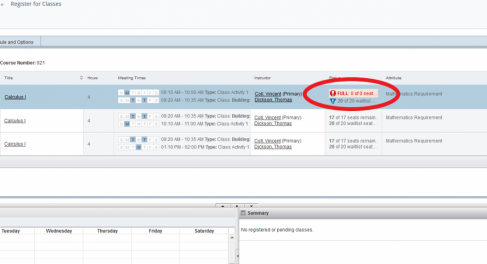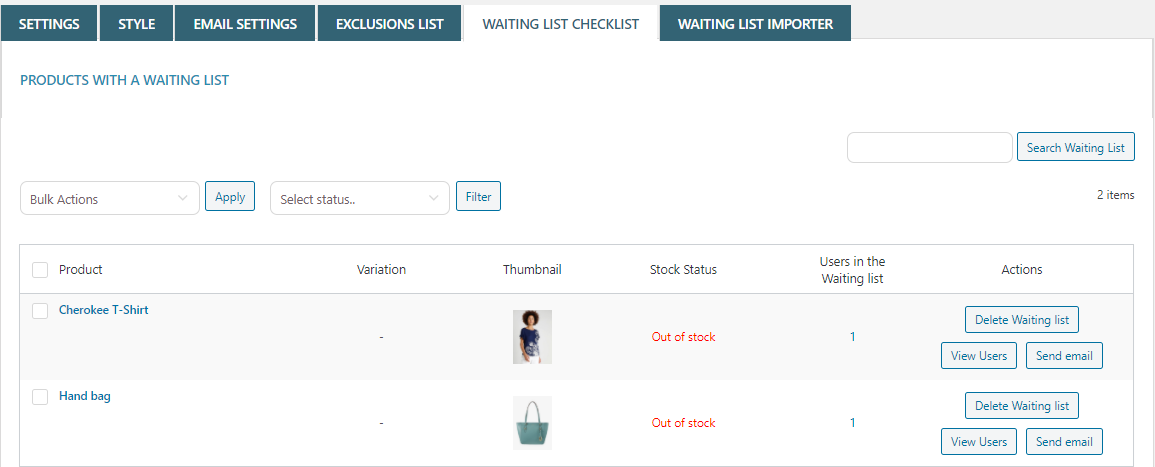

In 1991-2001, two in three patients were at risk of late surgery when registered on wait lists for isolated coronary bypass procedures in British Columbia, Canada. The chances of undergoing surgery within target time have been evaluated in relation to wait-list size at registration and the number of surgeries performed without registration on a wait list.

We compared the number of weeks from registration to surgery against target access times established for three urgency groups. Using records from a population-based registry, we studied wait-list times prospectively collected in a cohort of patients registered on wait lists for coronary artery bypass grafting procedures. We sought to determine what proportion of patients have had late coronary bypass surgery after registration on wait lists of different size in a network of hospitals with uniform standards for timing of surgery.

However, little is known about chances of on-time surgery according to variations in existing demand. The proportion of patients who undergo surgery within a clinically safe time is an important performance indicator in health systems that use wait lists to manage access to care. Hospital managers may also use the findings to reduce uncertainty in reporting expected waits given the current list size, thereby improving resource planning. Our results suggest that a regulated list-length policy may contribute to reducing waiting times. The number of registrants on a surgical wait list has an effect on the length of delay in providing necessary treatment. Registering more than 5 patients when the list was short had an independent effect (rate ratio 0.61, CI 0.45-0.82). Patients who were registered when the list length exceeded the weekly service capacity had 70% lower conditional probability of undergoing surgery than those on a list with fewer patients (rate ratio 0.30, 95% confidence interval 0.26-0.36) after adjustment for sex, age, procedure and period. List length at registration was associated with length of wait (log-rank test 596.4, p < 0.0001). Regression analysis of wait times to express the admission rate in one group relative to another, with the ratio of rates being a measure of the difference between groups. We undertook a prospective cohort study of patients registered on the waiting list for elective vascular surgery at an acute care hospital in Ontario. To examine the relationship between the length of a waiting list for elective vascular surgery and the delay before undergoing the operation.


 0 kommentar(er)
0 kommentar(er)
